Turbinoplasty is a proven treatment for nasal blockage caused by enlarged turbinates. In India, this procedure is available at a lowest cost as coin other countries. You will receivecomfortable breathing and receive an improved quality of life.
Recovery Time
1-3 Weeks
Success Rate
98%
Hospital Stay
Day Care
Treatment Type
Surgical
Home Treatments ENT Turbinoplasty
Have you ever had nasal congestion and are seeking reliable treatment options at an affordable cost?
Turbinoplasty is a surgical procedure that reduces the size of the turbinates in the nose. This helps to improve breathing and decrease nasal congestion. Moreover, turbinates are structures that warm and humidify the air we breathe.
The cost of turbinoplasty may be high in your country, and you are looking for affordable care.
Step into a healthier future, connect with us now!
India offers affordable turbinoplasty options for international patients. Experienced ear, nose, and throat doctors (Otorhinolaryngologists) provide various advanced procedures, including laser-assisted turbinoplasty, Microdebrider-Assisted Turbinoplasty (MAT), and Coblation-Assisted Turbinoplasty. They ensure high-quality care to support patients throughout their treatment.

Turbinoplasty (Turbinate reduction surgery) removes extra tissue around your turbinate bones to help you breathe better. Turbinates are small structures in your nose. They clean, warm, and add moisture to the air as it flows through your nasal cavity and into your lungs.
Turbinates can become swollen and inflamed from irritation, allergies, and infection. This inflammation usually goes away on its own. However, some people experience long-term swelling of their turbinates, known as hypertrophy.
The total cost of turbinoplasty includes surgical fees and hospital charges for your stay, use of the operating room, and nursing care.
Cost Component | Details | Estimated Cost in USD |
Pre-operative Consultation & Diagnosis | Consultations, X-rays, MRI scans, blood tests | |
Surgery Costs | Includes surgeon fees, hospital stays, and the type of surgery | 1350 USD |
Rehabilitation and Follow-up | Medications, supportive devices, and follow-up visits. | Variable by procedure |
Turbinoplasty is a surgery that makes the nasal turbinates smaller to help improve breathing. There are different types of turbinoplasty.
Fill in your details and we'll get back to you soonGet Free Treatment Quote
Country | Cost Structure |
India | 1200-1500 USD |
United States | 5000-8000 USD |
Germany | 4000-6000 USD |
Turkey | 1500-2500 USD |
◾ Key Takeaways
✅ Affordable Treatment Costs: India provides affordable options for turbinoplasty with highly skilled otorhinolaryngologists and advanced facilities. Making quality healthcare in India available to international patients.
✅ Advanced Medical Technology: Hospitals in India have modern technology and good facilities. They provide high-quality care that is comparable to international standards but at a more affordable price.
Turbinoplasty cost
Treatment Name
Estimated Cost
Turbinoplasty 1200-1500 USD
India has skilled surgeons who perform turbinoplasty procedures, such as radiofrequency turbinoplasty, partial turbinectomy, etc. These treatments effectively help patients with advanced care and specialized techniques.
Beds: 539
New Delhi
Beds: 230
New Delhi
Beds: 710
New Delhi
Beds: 650
New Delhi
Beds: 191
New Delhi
Beds: 310
New Delhi
Beds: 299
Gurugram
Beds: 380
New Delhi
Beds: 402
New Delhi
Beds: 1300+
Gurugram
Beds: 1000
New Delhi
Beds: 450
Faridabad
Beds: 675
New Delhi
Beds: 500
New Delhi
Beds: 400+
Faridabad
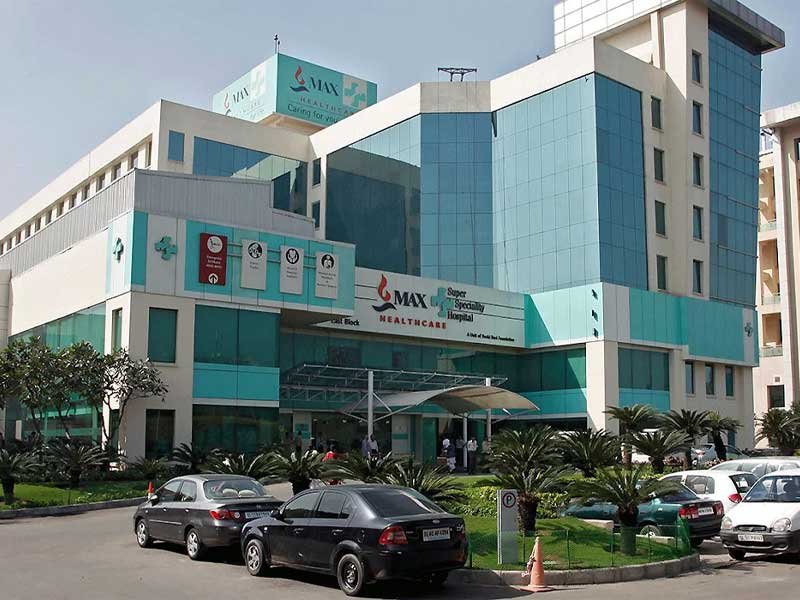
Max Super Speciality Hospital, Saket
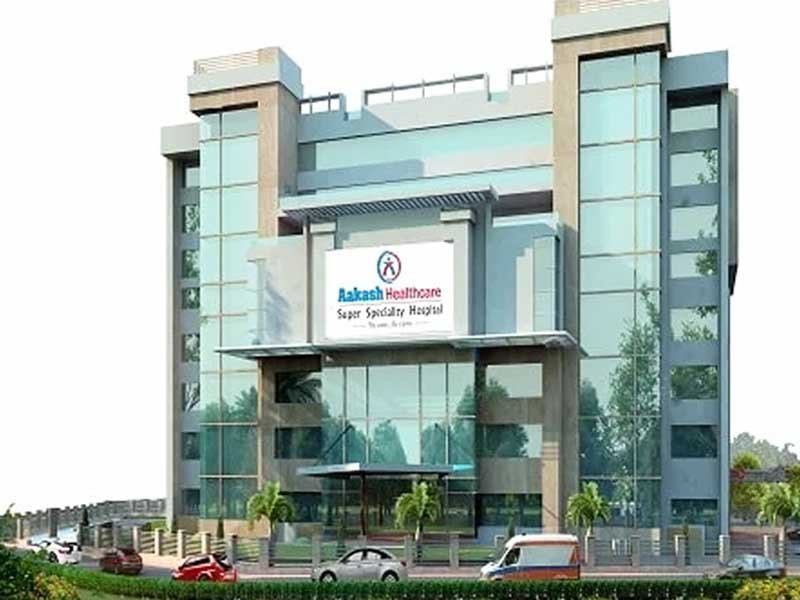
Aakash Healthcare Super Speciality Hospital
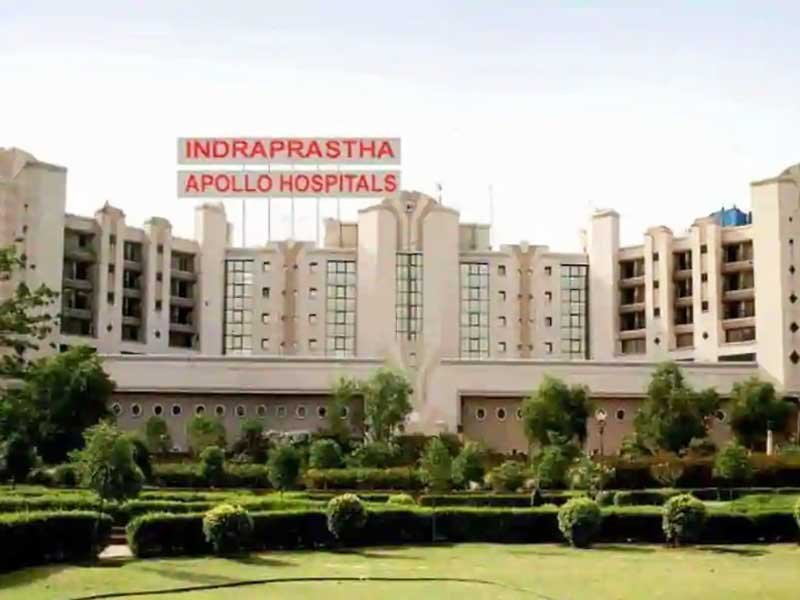
Indraprastha Apollo Hospital

BLK Max Super Speciality Hospital
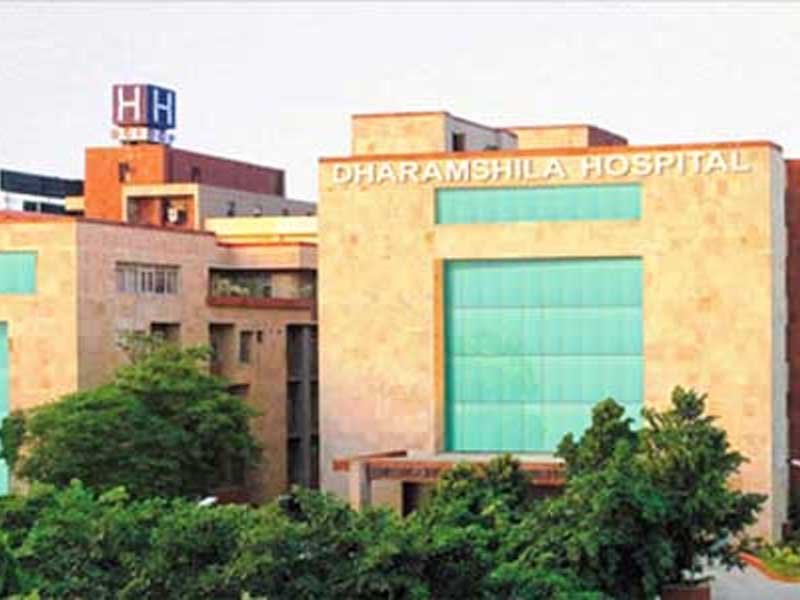
Dharamshila Narayana Superspeciality Hospital
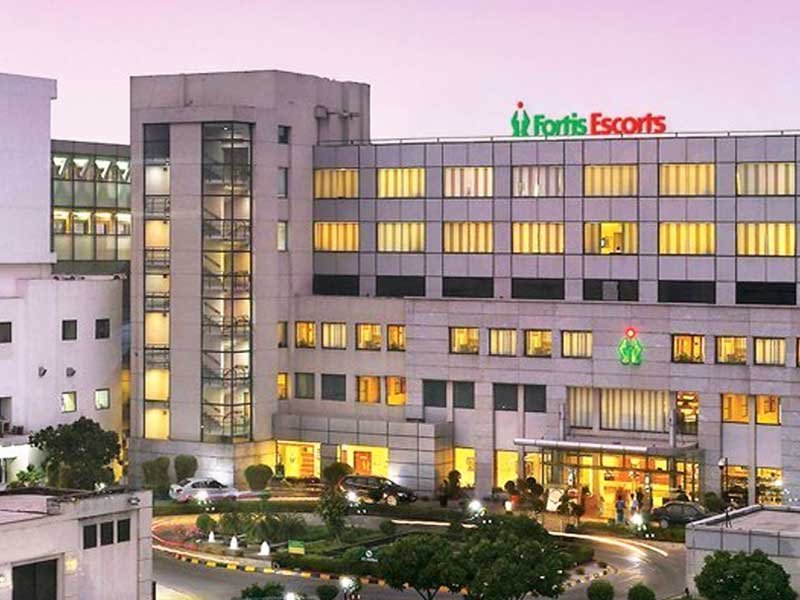
Fortis Escorts Heart Institute
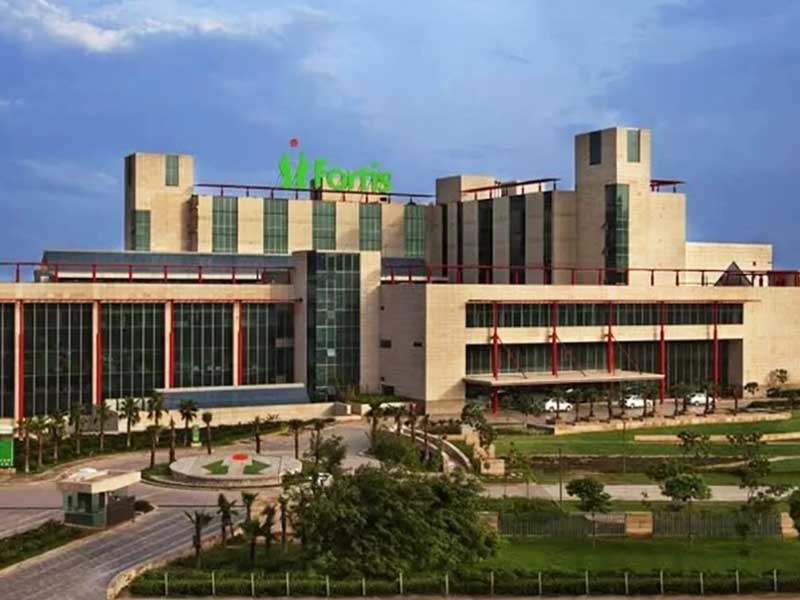
Fortis Memorial Research Institute
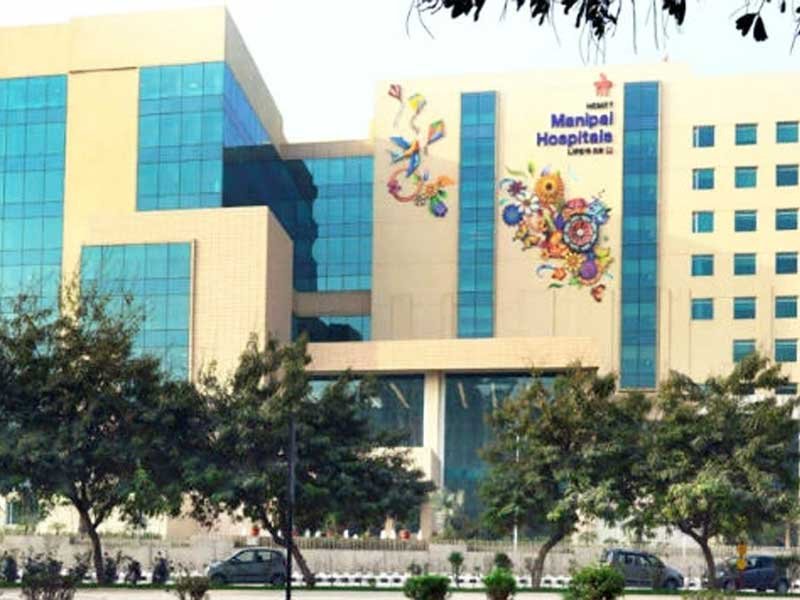
Manipal Hospital Dwarka
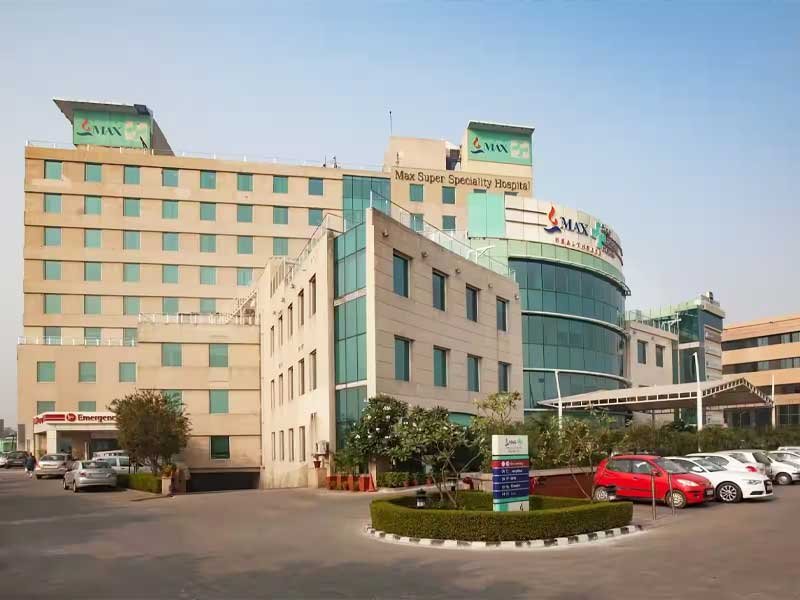
Max Super Speciality Hospital Shalimar Bagh
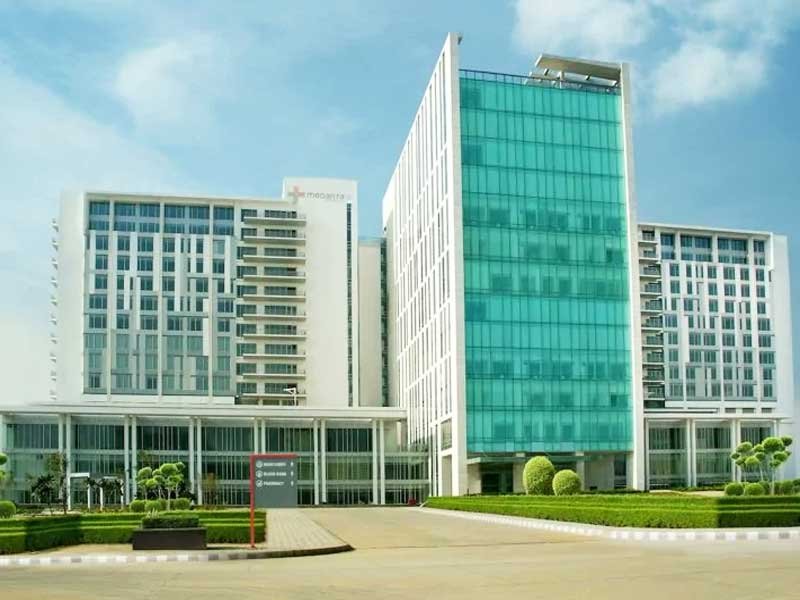
Medanta - The Medicity Hospital
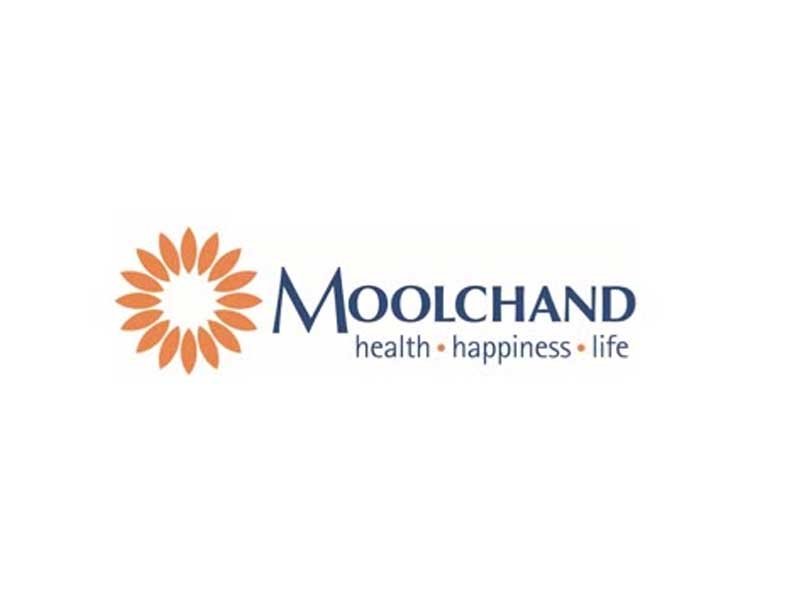
Moolchand Kharaiti Ram Hospital

Sarvodaya Hospital
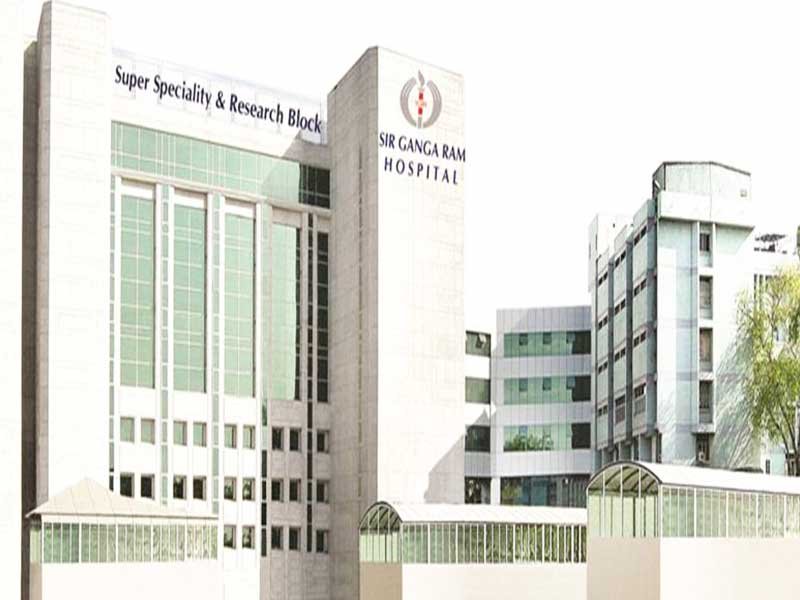
Sir Ganga Ram Hospital
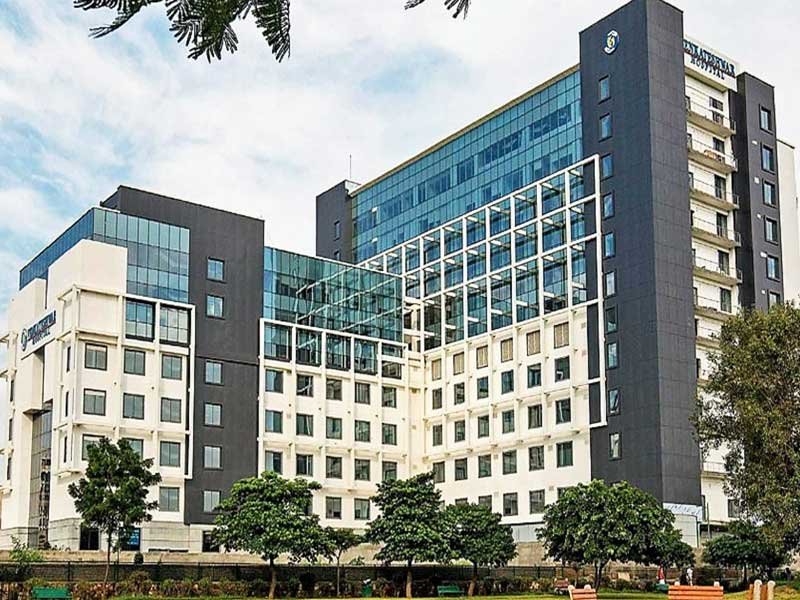
Venkateshwar Hospital
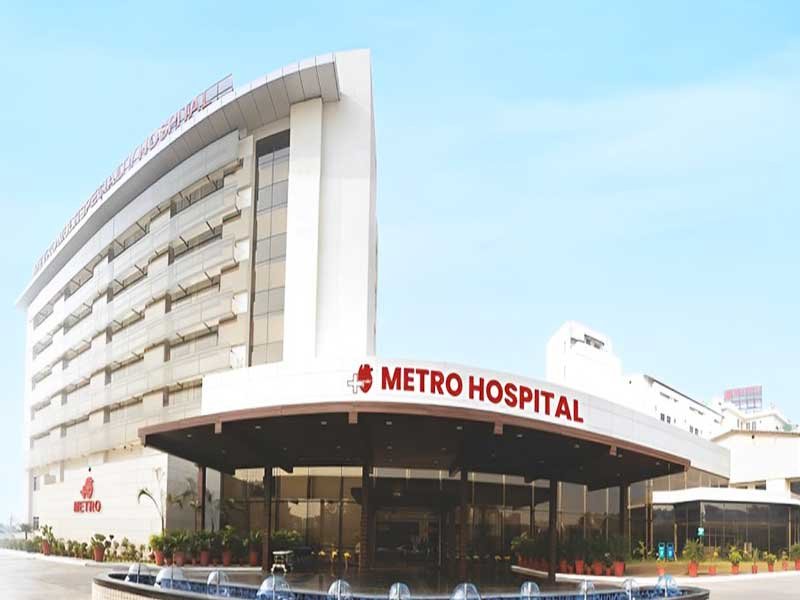
Metro Heart Institute with Multispecialty
Indian hospitals offer advanced technology and high-quality care. They provide effective treatment and support recovery based on each patient’s needs.
Necessary diagnostic tests
Before turbinoplasty, your surgeon suggests some diagnostic tests to understand the severity of the condition. Some common diagnostic tests are listed below:
Tests | Description |
Blood tests | Blood tests help find any health issues or diseases that could make surgery more complicated. |
Physical examination | During a physical examination, the doctor usually asks about your medical history and any medications you take. |
Nasal endoscopy | Nasal endoscopy is a procedure that allows doctors to look inside the nasal and sinus passages. They use a tool called an endoscope to do this. |
🟢Do’s Before Surgery
✅ You should follow your doctor's specific instructions about what medications you should avoid and which you can continue to take.
✅ To maintain your health, eat nutritious foods and ensure you get enough sleep.
🔴Don’ts Before Surgery
❌ Avoid applying any cosmetics because it can increase your risk of infection.
❌ Do not take non-prescribed medications such as aspirin, NSAIDs, and herbal supplements.
❌ You must avoid smoking, and chewing tobacco 4 weeks before surgery because of avoid the chances of any risks.
❌ Avoid eating for 8 hours before your surgery.
Before the surgery
During the Surgery
After the Surgery
Fill in your details and we'll get back to you soonGet Free Treatment Quote
Some common benefits of turbinoplasty are:
Hospital Stay and Recovery Time
Turbinoplasty is generally safe and works well. However, like any surgery, it has some risks and complications:
Why Choose Mejocare for Turbinoplasty in India?
✅ A team of Experienced Otorhinolaryngologists: We connect you with experienced Otorhinolaryngologists. They have over 25 years of experience, so you can trust you will receive high-quality care.
✅ JCI/NABH Accredited Hospitals: We work with hospitals that use the latest technology, such as robotics, machine learning, and advanced tools for diagnosis and treatment. These hospitals provide complete and personalized care.
✅ Additional Benefits: We provide quick responses, assistance with medical visas, accurate cost estimates, accommodation in India, and priority scheduling with doctors. We make your arrival in India easy. We provide airport pickup, hotel transfers, and support during your hospital stay to ensure a smooth experience.
Turbinoplasty is an important procedure that helps reduce nasal congestion, making it easier for you to breathe. This procedure also lowers the risk of sinusitis, which can cause facial pain and nasal blockage. If you have these problems, talk to your doctor about the best treatment options for relief.
Disclaimer
This article provides general information about turbinolasty and its cost. It does not offer medical advice or precise cost details. If you want to talk to professionals for accurate opinions and cost estimates, we can help you connect with them. Contact us now.

Medically Reviewed By
QualificationsMBBS, DTMU University, Georgia,Radiation Oncology Resident at Burdwan Medical College and HospitalDr. Aryan Malhotra is a skilled and caring doctor. He is a Radiation Oncology Resident at Burdwan Medical College and Hospital. He treats people with cancer and works closely with patients during their treatment.He completed his MBBS from David Tvildiani Medical University in Georgia. He has passed the USMLE... Read More
The average cost of Turbinoplasty in India is between 1200-1500 USD.
The success rate of Turbinoplasty in India is around 98%.
You normally have to stay in the hospital for one day.
Most people return to work or school in a week and resume regular activities in three weeks after the surgery. It takes about one to two months to fully recover.
Turbinoplasty complications are rare but can include issues like scar tissue, a hole in the nasal tissue, loss of skin sensation on the nose, changes in smell, fluid buildup, recurrent nasal blockage, and bleeding.
After Turbinoplasty, avoid blowing your nose for 24-48 hours, use a nasal spray to rinse nostrils, sleep with a raised head if congested, and avoid heavy exertion for the first week.
Yes, it is necessary to have a companion.
You can fly after 2 weeks after your surgery.
Yes, you can do your own research and choose your therapist.
Paracetamol can be used regularly to control mild to moderate pain. Non-steroidal anti-inflammatory drugs (NSAIDs) such as diclofenac or ibuprofen can be used to control moderate pain.
Yes, insurance will cover the cost of Turbinoplasty in India.
To discover the top doctors or hospitals in India, you can visit our website, mejocare on the doctors' page, you can filter and find the finest doctors, while on the hospital page, you can identify the best hospitals. Additionally, you can reach out to us, and we will gladly offer you all the necessary suggestions and information you need.
Enlarged turbinates are reduced to normal size. The procedure takes approximately 20-30 minutes to complete. There is no visible swelling and no nasal packing is used.
No, there is no waiting list for Turbinate in India.
Usually, a nasal endoscopy is done to examine the inside of your nose.
General Anaesthesia is used during Turbinoplasty.
After surgery, stick to soft, bland foods like soups, yogurt, mashed potatoes, and scrambled eggs for a few days. Avoid nuts, grains, and seeds, as well as acidic and spicy foods like orange juice and tomato sauce.
Aftercare services provided by the hospital include Monitoring vitals, Wound care, Managing post-operative complications, Rehabilitation Services, and Follow-up.
Our care team can help you.
